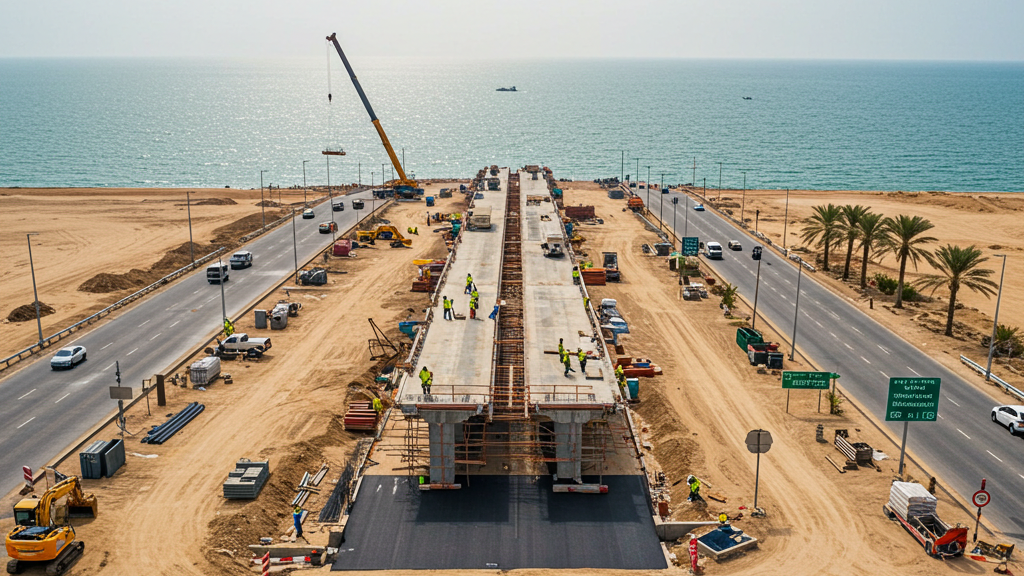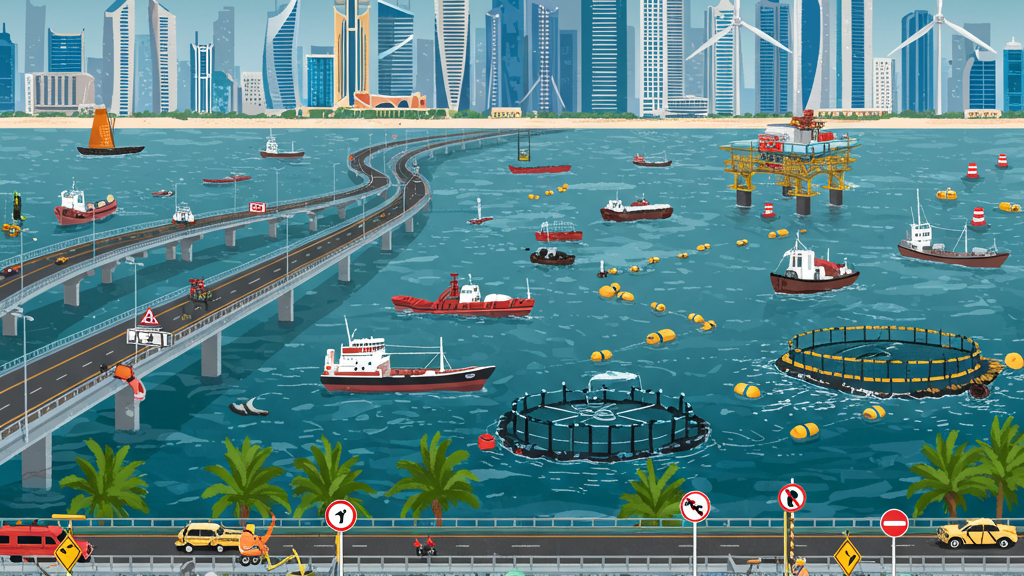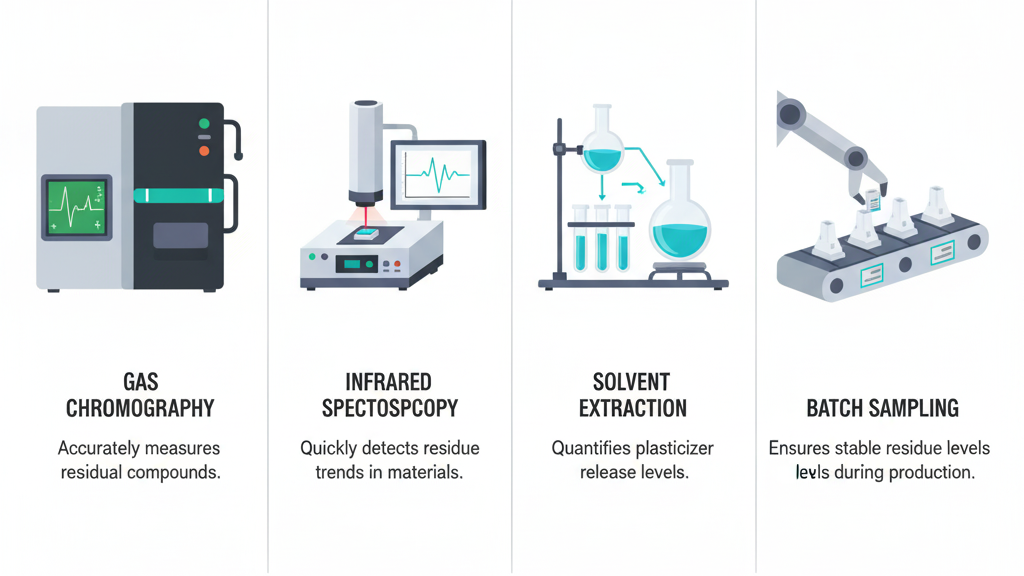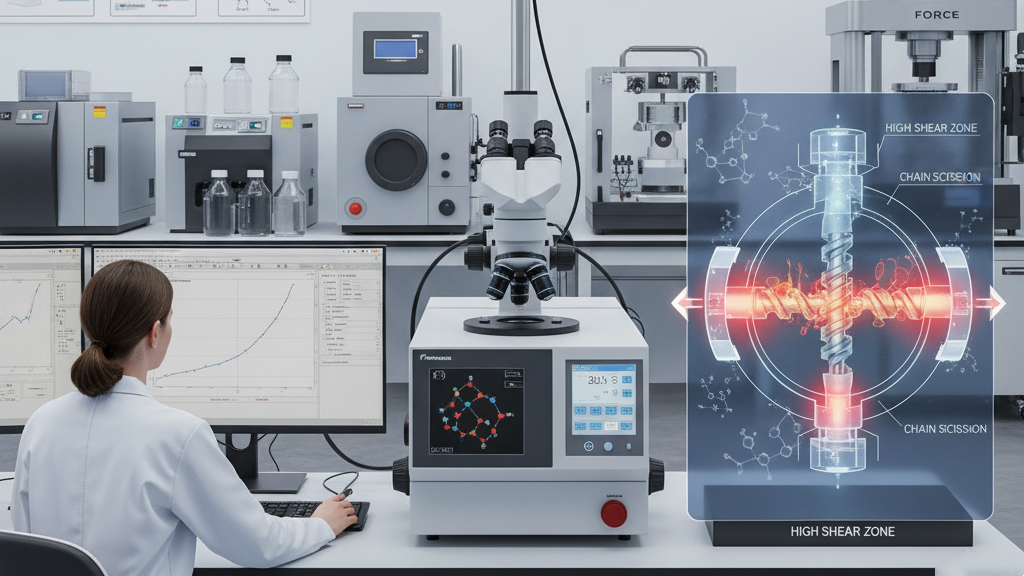
The harsh environmental conditions in the Gulf region pose a significant challenge to infrastructure materials. High temperatures, high humidity, intense ultraviolet radiation, and sandstorms continuously erode them. Impact-resistant plastics, due to their excellent physical and chemical properties, have become critical materials.
The extreme environment highlights the shortcomings of traditional infrastructure materials. Impact-resistant plastics stand out due to their outstanding impact resistance, which can withstand damage caused by various external forces. More importantly, they can effectively cope with the corrosion and aging caused by the high salinity and high humidity in the Gulf region.
How does the Gulf environment damage traditional infrastructure?

Traditional infrastructure is the cornerstone of economic and social development in the Gulf region. However, the region's unique Gulf environment is damaging these facilities at an unprecedented rate. Understanding the mechanisms of this damage is crucial for developing effective protection and repair strategies.
- High Temperature and Humidity Accelerate Aging and Deformation: Extreme high temperatures and high humidity accelerate the aging and corrosion of traditional infrastructure materials and lead to structural deformation.
- High Salt Corrosion Shortens Lifespan: High salinity and salt spray severely corrode metal structures, significantly shortening the service life of infrastructure.
- Strong Ultraviolet Radiation Leads to Material Degradation: Intense ultraviolet radiation degrades organic materials, leading to performance degradation and cosmetic damage.
- Sand and Dust Abrasion and Blockage Affect Operation: Frequent sandstorms abrade buildings, clog equipment, and adversely affect transportation and energy efficiency.
What are the environmental adaptation advantages of impact-resistant plastics?

Faced with the harsh climatic conditions in the Gulf region, traditional infrastructure materials often fall short. However, impact-resistant plastics, with their unique material properties, demonstrate excellent environmental adaptability, providing a new solution for constructing more durable and long-lasting infrastructure.
- Corrosion Resistance, Undaunted by Saline-Alkaline Erosion: The excellent chemical stability of impact-resistant plastics enables them to resist erosion from salts and chemicals.
- Aging Resistance, Withstanding Extreme Tests: Outstanding aging resistance enables them to effectively resist the effects of ultraviolet radiation and extreme temperatures.
- Impact Resistance, Resisting External Force Damage: Excellent impact strength makes them less prone to cracking or damage under external forces.
- Wear Resistance, Resisting Environmental Abrasion: Good wear resistance enables them to resist surface abrasion caused by sand and dust.
What are the main applications of impact-resistant plastics in Gulf infrastructure?

In the booming infrastructure wave in the Gulf region, impact-resistant plastics are playing an increasingly important role in several key areas due to their excellent performance. From pipeline systems that guarantee the lifeline to facility construction that improves transportation efficiency, and to building robust and durable building structures, the applications of impact-resistant plastics are ubiquitous.
- Pipeline Systems: Ensuring Stable Operation of Lifelines Impact-resistant plastics ensure the safe and efficient transportation of water, sewage, and industrial fluids, and reduce maintenance needs.
- Transportation Facilities: Constructing Solid and Safe Barriers Applied to guardrails and crash protection facilities, they effectively absorb impact energy and improve road traffic safety.
- Building Structures Improving Durability and Energy Efficiency Levels: Applied to building exterior walls, doors, and windows, they provide lightweight, corrosion-resistant, and impact-resistant performance.
- Marine Engineering: Creating Stable and Durable Facilities Used to manufacture pontoons and fenders, resisting seawater corrosion and ultraviolet rays, ensuring long-term use.
Application field of impact-resistant plastics in Gulf infrastructure
| Application Area | Main Applications | Key Advantages |
|---|---|---|
| Piping Systems | Potable Water Transport, Sewage Treatment, Industrial Fluid Transfer | Corrosion Resistance, Impact Resistance, Pressure Resistance, Reduced Leakage & Maintenance |
| Transportation Facilities | Road Barriers, Traffic Signs, Bollards, Crash Barriers | High Strength, Impact Resistance, Weather Resistance, Enhanced Road Safety, Reduced Accident Damage |
| Building Structures | Exterior Wall Materials, Roofing Materials, Window/Door Profiles | Lightweight, Corrosion Resistance, Thermal Insulation, Impact Resistance, Improved Building Durability & Energy Efficiency |
| Marine Engineering | Buoys, Dock Fenders, Navigation Marks | Seawater Corrosion Resistance, Impact Resistance, UV Resistance, Suitable for Harsh Marine Environments |
| Power & Communication | Cable Protection Conduits, Junction Boxes | Insulation, Corrosion Resistance, Impact Resistance, Protection of Power & Communication Lines |
Development Prospects of Gulf Infrastructure
Infrastructure construction in the Gulf region will experience significant expansion and modernization in the future, and impact-resistant plastics will play an increasingly critical role in this development processInfrastructure construction in the Gulf region will experience significant expansion and modernization in the future, and impact-resistant plastics will play an increasingly critical role in this development process. Driven by ambitious development plans, population growth, and the need for more sustainable and resilient infrastructure, the demand for high-performance materials such as impact-resistant plastics will continue to grow.
. Driven by ambitious development plans, population growth, and the need for more sustainable and resilient infrastructure, the demand for high-performance materials such as impact-resistant plastics will continue to grow.
1.Sustainability: Green environmental protection is becoming a trend, driving infrastructure to adopt sustainable materials and energy-saving technologies.
2.Intelligence: Deep integration of technology enhances infrastructure efficiency and the quality of life for residents.
3.Diversification: Economic transformation drives new industrial infrastructure, expanding material application areas.
4.Interconnectivity: Increased regional cooperation fosters larger-scale and higher-standard infrastructure construction.
Conclusion
As Gulf infrastructure continues to develop, the demand for impact-resistant plastics will continue to grow. This high-performance material will play a vital role in building more resilient and efficient future infrastructure.
For expert assistance in implementing for your production needs, visit our resource center or contact us. Let’s help you scale up your manufacturing with precision and efficiency!







